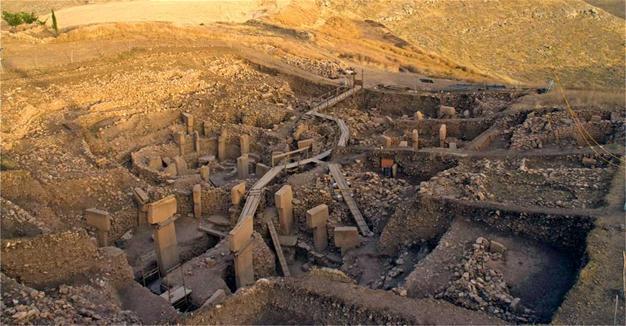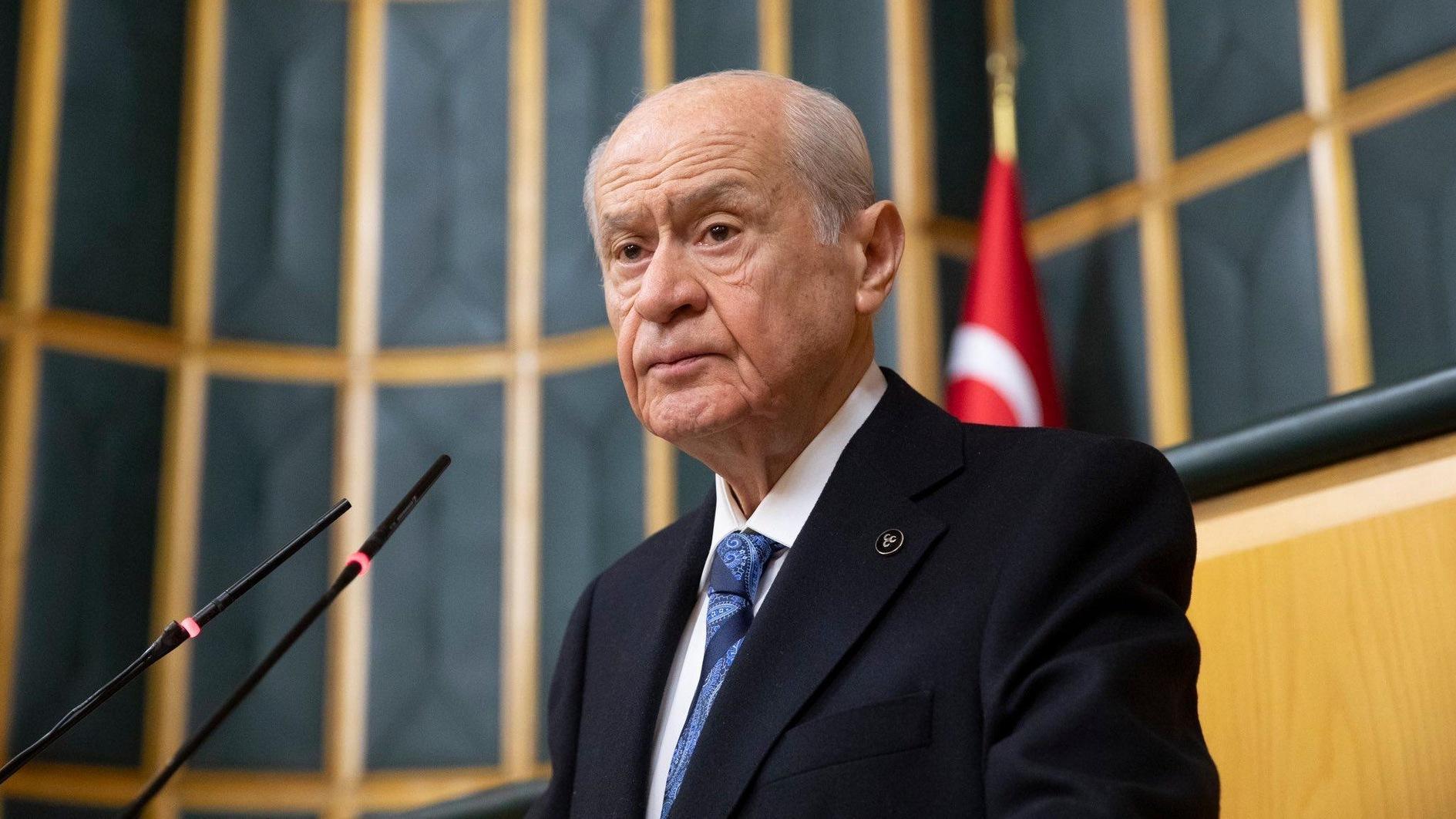First evidence of skull decoration discovered in Göbeklitepe
ISTANBUL
 Researchers have found thousands of human and animal bones in the 12,000-year-old ancient settlement of Göbeklitepe in Turkey’s southeastern province of Şanlıurfa, known as the “zero point of history,” according to an article in the journal Science Advances.
Researchers have found thousands of human and animal bones in the 12,000-year-old ancient settlement of Göbeklitepe in Turkey’s southeastern province of Şanlıurfa, known as the “zero point of history,” according to an article in the journal Science Advances.Among tens of thousands of bones, researchers have uncovered the remains of human skulls that were stripped of their flesh and carved with deep, straight grooves running front to back.
The carvings represent the first evidence of skull decoration in the archaeological record of the region. “This is completely new, and we don’t have a model to go on,” said Gary Rollefson, an archaeologist in Washington, who was not involved in the work.
“They’re distributed all over the area, in and around structures. We can’t put any individuals together,” said team member Julia Gresky, an anthropologist at the German Archaeological Institute in Berlin.
In a paper published on June 28 in Science Advances, Gresky and her co-authors describe three large skull fragments, each about the size of a hand. Cut marks on the bones suggest someone removed the flesh and then carved the bone with deep, straight grooves running front to back. One skull had a hole drilled into it, although only half of the hole was preserved.
“The carvings consist of many deep cuts—somebody clearly did it intentionally,” Gresky said.
The attention to skulls is part of a long tradition, although it’s the first instance in Anatolia, according to the paper.
Although many of the sculptures and stone reliefs at Göbeklitepe stand out for their craftsmanship or artistry, including detailed depictions of birds, predators, and insects, the marks on the skulls seem to belong to a different, cruder class of carving.
“They’re deep incisions, but not nicely done. Someone wanted to make a cut, but not in a decorative way. It could be to mark them as different, or to fix decorative elements, or to hang the skulls somewhere,” Gresky said.
Whatever their purpose, the carvings seem to mark the skulls as outliers: Dozens of other skull fragments have been found at Göbeklitepe with no sign of carving or cutting. That suggests these skulls were singled out after their owners’ deaths for some reason.
“They are really special, these three individuals. The skulls might have been displayed as part of ancestor worship, or as trophies to show off the remains of dead enemies,” Gresky said.
Archaeologists hope to find more skull fragments at the site to better understand whether the practice was a common part of rituals there. In the meantime, the carved skulls deepen the mystery surrounding the site.
“We keep hoping for the sample to expand, but with Göbeklitepe everything new that comes up destroys what we thought before. It’s nice to find this stuff, but it would be nice to understand it, too,” Rollefson said.
















